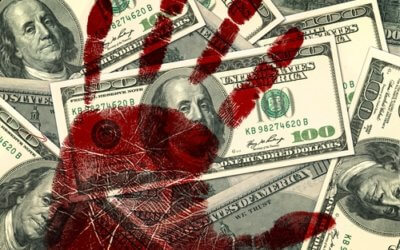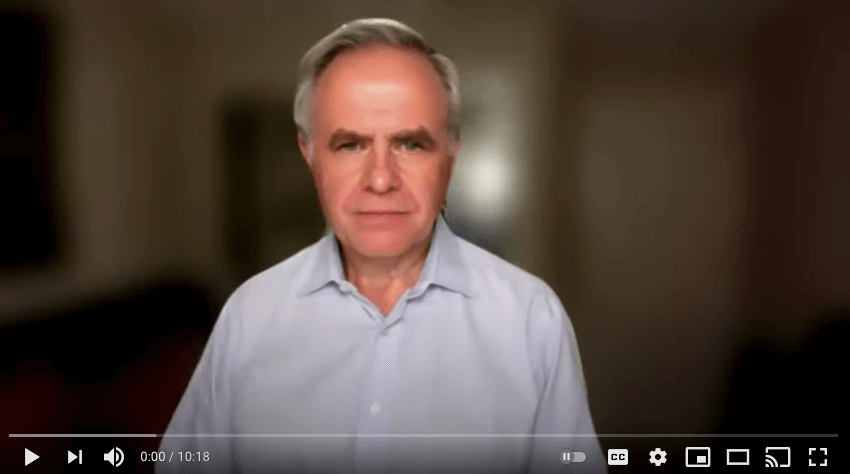Discover the importance of organizational alignment and agility in this blog post. Learn how establishing a strong CORE and building a strategy around it can lead to sustainable growth and success. Find out how alignment and agility empower your organization to thrive in an ever-changing business landscape.

The Downfall of Boeing: A Lesson in Core Values
I recently watched “Downfall: The Case Against Boeing,” a documentary about Boeing’s 737 Max issues, which exposed the company’s sacrifice of safety for financial performance. Over 300 lives were lost due to Boeing’s negligence, as they calculated the odds of fatalities to be small enough to ignore while working on a solution. Even after the Lion Air and Ethiopian crashes, Boeing blamed the pilots and their training, resulting in a tarnished reputation that will take years to rebuild.
Boeing’s shift in focus from its core values of safety and engineering to prioritizing share price and financial performance was a grave mistake. The company went to great lengths to hide the MCAS system from pilots and regulators, avoiding additional certification requirements. The bold spirit of innovation, epitomized by Tex Johnson’s 707 barrel roll in 1955, seemed long gone. This misguided focus led to a drop in Boeing’s share price, while competitor Airbus’ share price experienced a 34% increase.
Boeing’s actions also damaged the FAA’s reputation worldwide, as countries no longer trust the FAA’s judgment. This loss of credibility is a heavy price to pay for prioritizing profit over core values. Companies must remember that profits result from upholding core values and good strategy and systems, and profits should not be the driving force behind the strategy.
The aftermath of the 737 MAX crashes revealed a concerning lack of accountability for top executives. When Dennis Muilenburg resigned as CEO and board director, he received $62.2m in stock and pension awards, highlighting the disparity in consequences for executives compared to others in the company.
In conclusion, Boeing’s downfall serves as a reminder of the importance of maintaining core values and prioritizing safety over short-term financial gains. A company’s reputation and long-term success depend on upholding these values and learning from past mistakes.
(c) Copyright 2022, Marc A. Borrelli
Recent Posts
Align and Thrive: The Importance of Organizational Alignment and Agility
How to Achieve Smart Time Management: 10 Tips for Busy Professionals
When you are a busy professional running your own business, it can often feel like there aren’t enough hours in the day to accomplish everything. Being strategic with your time is the best (and possibly the only) way to achieve all of your daily tasks. If you are...
5 Strategic Leadership Skills Every Manager Needs
So often, people view leadership as a talent: you’re either born with this quality or you’re not. However, this is not always the case! In reality, good leadership is made up of skills, and anyone can learn how to improve. Some people may pick up leadership attributes...
How the Sellability Score is Calculated: The Ultimate Guide
Do you have questions about how to calculate your business’s sellability score? Whether you’re looking to sell your business in the near future or years from now, understanding your sellability score will help you thrive. The sellability score identifies the...
The Top 5 Benefits of the Entrepreneurial Operating System
As an entrepreneur running your own business, you know there are bumps in the road and struggles that both you and your business will face over time. However, with the right people and tools at your disposal, you can anticipate what’s coming, plan for it, and continue...
5 Ways to Use Email Automation to Boost Traffic
Every single business in the world wants to evolve and grow. This will happen using a variety of techniques and strategies. In 2022, digital marketing is more than a household name, and most companies will adopt at least a few ideas when long-term planning and coming...
6 Questions To Ask A Potential Business Coach Before Hiring Them
Many entrepreneurs consider executive business coaching when they start struggling on their professional path. A small business coach is an experienced professional mentor who educates, supports, and motivates entrepreneurs. They will listen to your concerns, assess...
3 Ways Proper Long Term Strategic Planning Helps Your Business
Dreams turn into goals when they have a foundation of long-term strategic planning supporting them. They become reality when the ensuing strategic implementation plan is executed properly. With Kaizen Solutions as their strategic planning consultant, small and...
What is a Peer Group, and How Can it Improve Your Career?
If you are a CEO or key executive who has come to a crossroads or crisis in your career, you'll gain valuable insights and solutions from a peer group connection more than anywhere else. But what is a peer group, and how can that statement be made with so much...
Profit and Revenue are Lousy Core Values
As I mentioned last week, I am down with COVID and tired, so spending more time reading rather than working. I read Bill Browder's Freezing Order this weekend, and I highly recommend it. However, at the end of the book, Browder says that oligarchs, autocrats, and...













